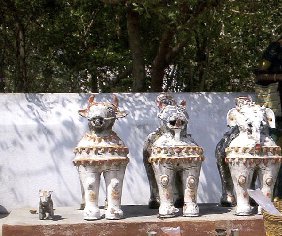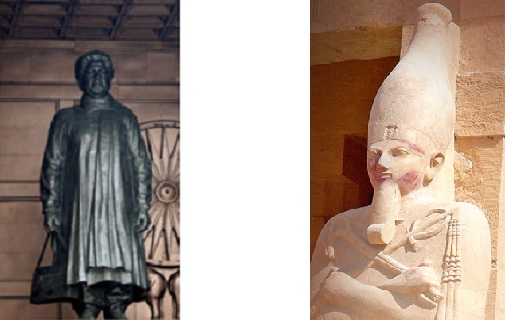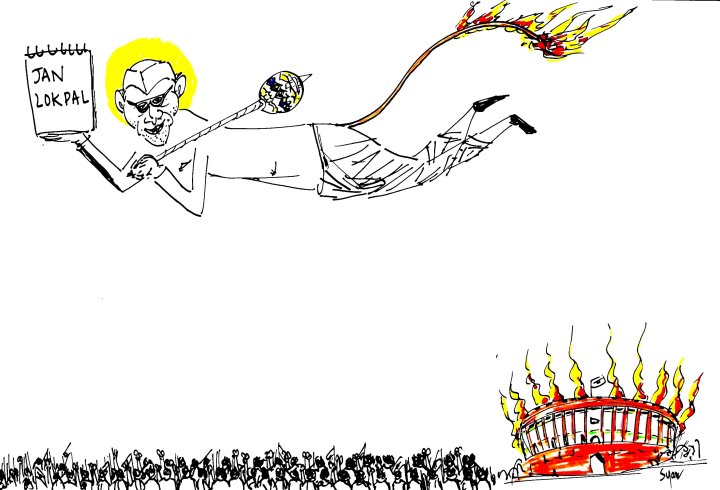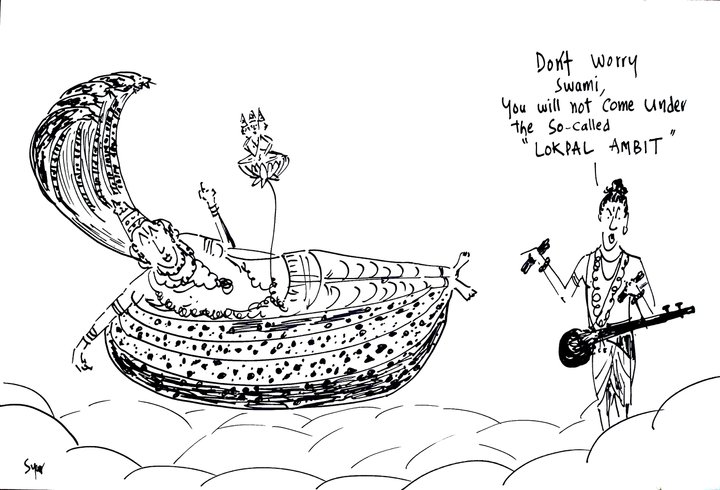Continued from here. Her roofless abode gives her a clear view of the fields and the village she guards over. She is my paternal family’s deity, revered as a force of nature as are the scores of female gods of the Shudra, Atishudra and Adivasi cultures. Her free spirited nature echoes the attitude …
Mayawati: Caste Anxieties and Patriarchal Fears




